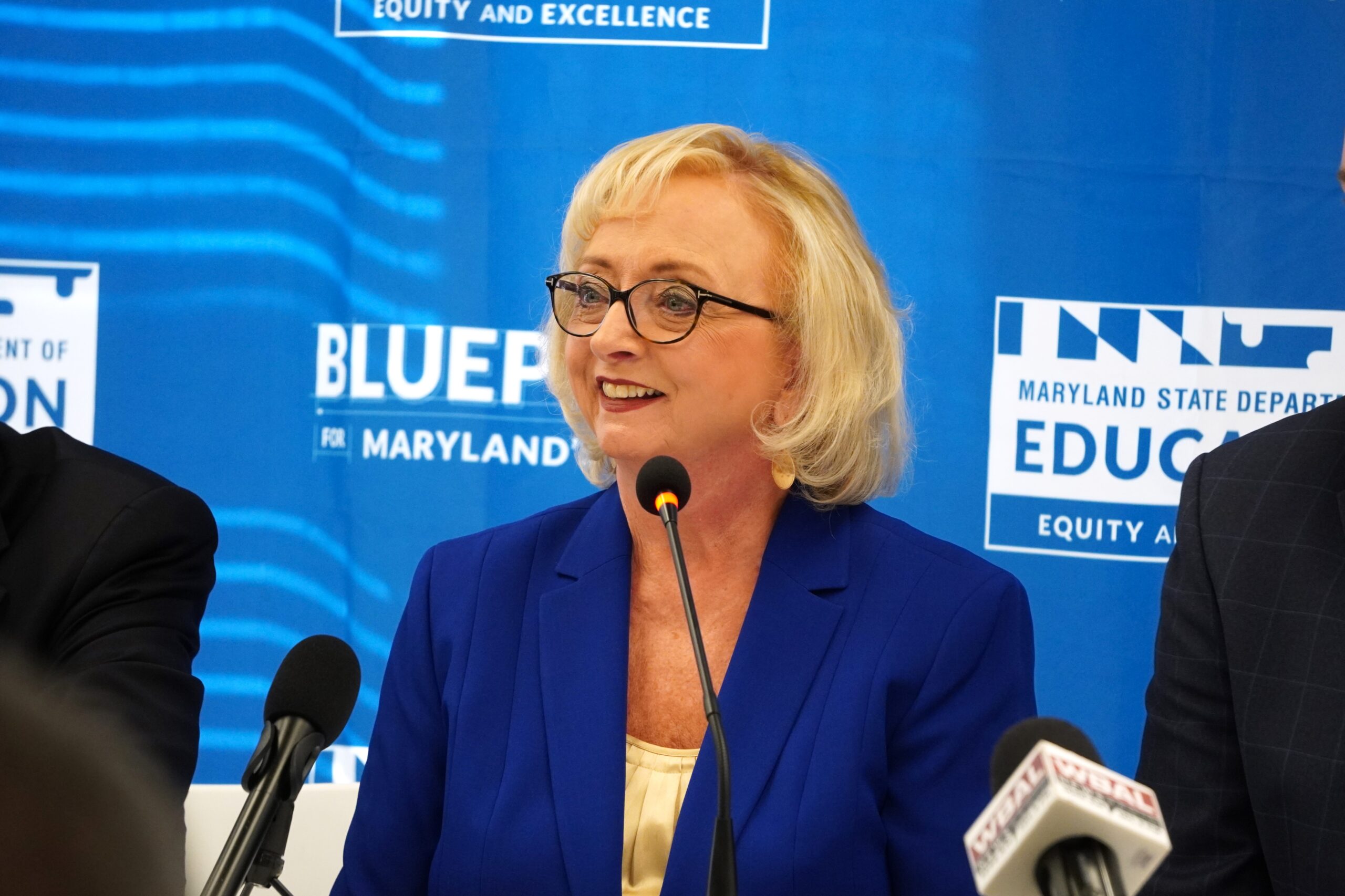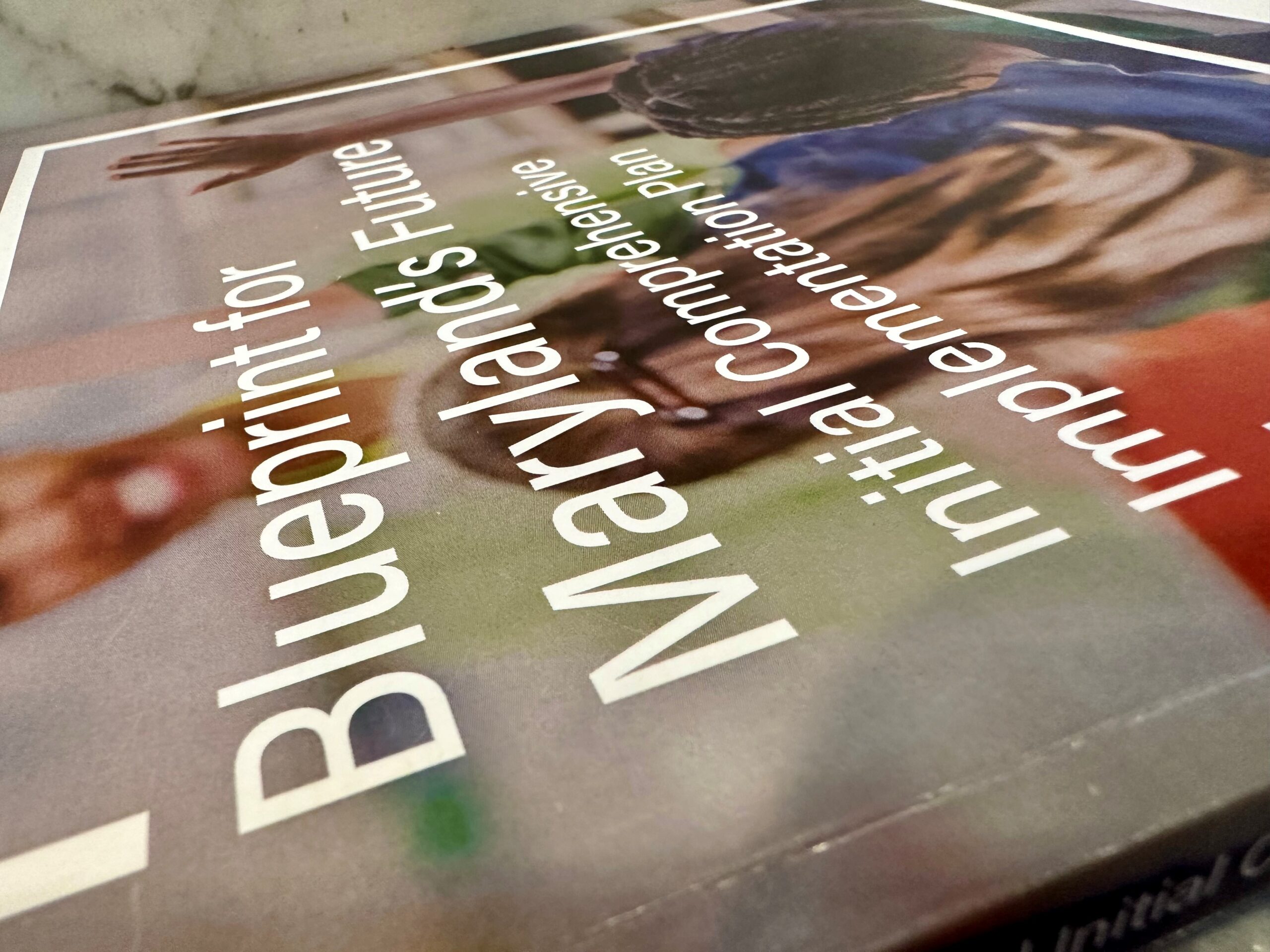Kalman Hettleman: It’s time for Blueprint 2.0, and here’s how to get an upgrade going

Controversy over the renewal of the contract of state superintendent Mohammed Choudhury and the conflict between him and the Blueprint Accountability and Implementation Board (AIB) have made headlines lately.
But they are only the proverbial tip of the iceberg of the problems that the Blueprint for Maryland’s Future faces. It has become increasingly apparent that the Blueprint, designed about five years ago, has structural deficiencies that range from minor glitches to major funding and management concerns.
It’s time for policymakers to design Blueprint 2.0.
There is a lot of bad news about the Blueprint. But there is good news too that should not be lost in the redesign shuffle. First, the Blueprint retains its potential as the nation’s boldest plan for school reform. Growing pains were inevitable.
Second, for all the bumps in the road, educators across the state are extraordinarily committed to the plan. It’s now up to policymakers to improve the chances for success.
Fundamental flaws in the Blueprint have been obvious from its start-up, as I detailed in columns in 2020 and 2022. Most of all, the Blueprint is deeply underfunded. But other deficiencies continue to emerge, particularly in the crucial realm of accountability.
What is to be done? Where is the leadership to make it happen?
The job falls chiefly on Gov. Wes Moore (D). Fortunately, he’s aware of the serious situation. In his proposed budget last January, he noted that the “Blueprint’s implementation to date has lacked cohesion and clear prioritization.“ And the Moore-Miller transition team has offered a multitude of recommendations to strengthen the Blueprint, including child care, interventions for struggling learners, special education, and teachers’ salaries.
Some people may hit the pause button: Isn’t it too soon to judge, much less panic? The Blueprint is not due to be fully implemented until 2033, and the pandemic and a veto from former Gov. Larry Hogan (R) caused delays. Nonetheless, a brief summary of the cracks in the Blueprint confirms the urgency of immediate repairs.
Underfunding
Underfunding is partly a political casualty of Gov. Hogan’s fierce opposition. But even many liberal Democrats were afraid of the specter of increased taxes. And so, while the eventual price tag of $4 billion in 2033 has been ballyhooed, it represents over the long life of the Blueprint a minimal increase in state funding and meager claim on the state’s wealth.
Thus, the Blueprint added funds for several high-profile, worthy initiatives but failed to increase funds for fundamental school operations, like lowering class sizes for core academics, interventions for struggling learners, music, art, physical education, and pupil support personnel.
Evidence-based cost estimates of these basic school essentials were never completed by the Kirwan Commission as originally promised. At the same time, additional funding for students with special needs was also shortchanged. No wonder the Moore-Miller transition team has joined education advocates calling for an “adequacy analysis” that will truly estimate the costs of enabling all students, over time, to meet high state standards.
Because of inadequate funding, the AIB has already abandoned the intent of the Kirwan Commission and the state constitutional mandate that all students be enabled to achieve state standards. The new goal is vaguely “nearly all,” and equity is sinking out of sight.
Accountability setbacks and under-management
The Blueprint was designed as a political compact: more money conditioned on more accountability for how the money is spent. The Kirwan Commission was acutely aware that the State Department of Education’s accountability for school spending had been notoriously feeble.
As a result, the Blueprint empowers the AIB to substantially supersede authority of the State Board of Education and MSDE. The concept, a first in the U.S., was startling, and state and local educators, protective of their turfs, fought against it.
As a member of the Kirwan Commission, I supported the AIB but recognized potential pitfalls. Would the AIB wind up just another layer of bureaucracy? And what about the huge mismatch between AIB’s sweeping responsibilities and its own management capacity? How could the AIB with a staff of around 15 plus consultants keep up with MSDE’s staff of well over 1,000 and their working relationships with local school districts?
I wrote that accountability could collapse under the weight of these question-marks unless the AIB and MSDE developed a close, collaborative relationship. The AIB can promulgate high-level directives, oversee and evaluate. And it can provide political cover for MSDE efforts to overcome local resistance to statewide standards. But it was not equipped to carry out MSDE’s massive daily functions.
The prospect for a productive bond between the AIB and MSDE seemed bright in July 2021 when Mr. Choudhury took office as state superintendent. He is smart and reform-minded. But he has disappointed many, and a public rift between him and the AIB has surfaced.
The road to resolution seems uncertain at this point. But significant damage has been done and Blueprint accountability is in peril.
How to get to Blueprint 2.0
The governor, General Assembly, AIB and MSDE must commit to a re-engineered version of the Blueprint, with the governor providing the overall leadership.
The most immediate task is resolution of the controversy over Mr. Choudhury. Then, restudy and revisions must be built into a Blueprint 2.0.
It must include an “adequacy analysis” that corrects current misunderstanding of “full funding of the Blueprint.” Virtually all Annapolis players are for “full funding.” But they only mean fulfilling their legal duty to find additional revenues beginning in 2026 or 2027 to pay the Blueprint bills through 2033. They don’t acknowledge that paying all the current bills will still leave the Blueprint underfunded and inadequate.
Pending an adequacy analysis, next year’s budget should include targeted priorities, especially replacement and expansion of federal COVID programs for struggling learners in early literacy.
On the accountability front, the wavering relationships among the AIB, MSDE and local school districts must be clarified. Who controls what and can therefore be held clearly accountable?
This work of designing Blueprint 2.0 could be done by a broad-based Kirwan II commission, appointed by the governor and legislative leaders, with a one-year timeline. It could be convened by executive order without legislation. The governor could also task his transition team to develop its broad recommendations into specific policy proposals.
Other key players must also play vital parts. The General Assembly should practice what it preaches about accountability and create a joint committee to oversee the gigantically complicated Blueprint. Balkanized among two Senate and two House committees, oversight is now weak.
At the same time, the AIB must accelerate its responsibility to recommend “legislative changes, including any changes necessary to ensure that [Blueprint implementation has] adequate resources.”
And the State Board of Education, invigorated by the governor’s three new appointees and three more due on July 1, must rise in stature.
There’s plenty of work to go around and no time to lose if the potential of the Blueprint is to be rescued and rejuvenated.




 Creative Commons Attribution
Creative Commons Attribution